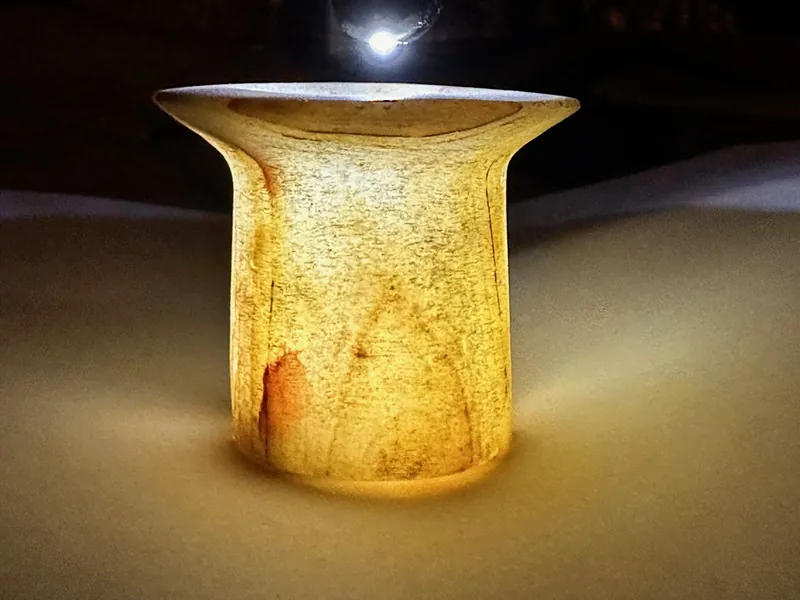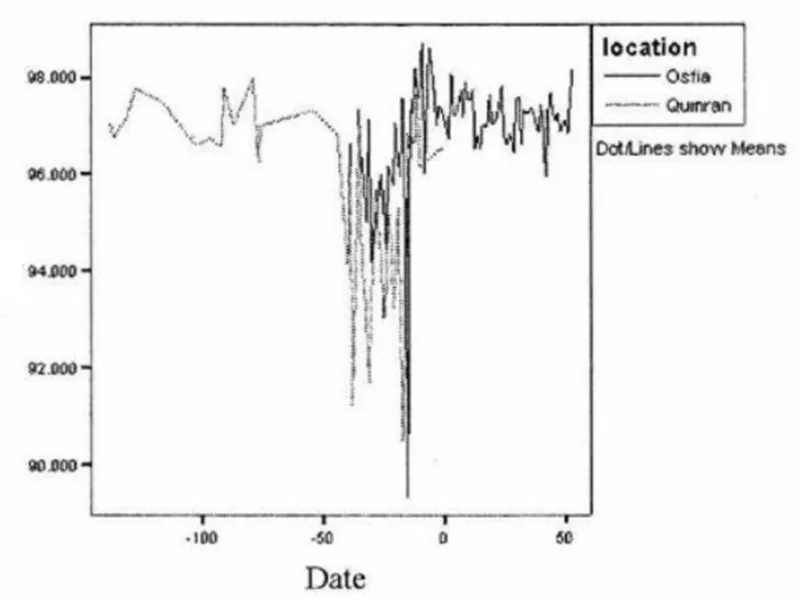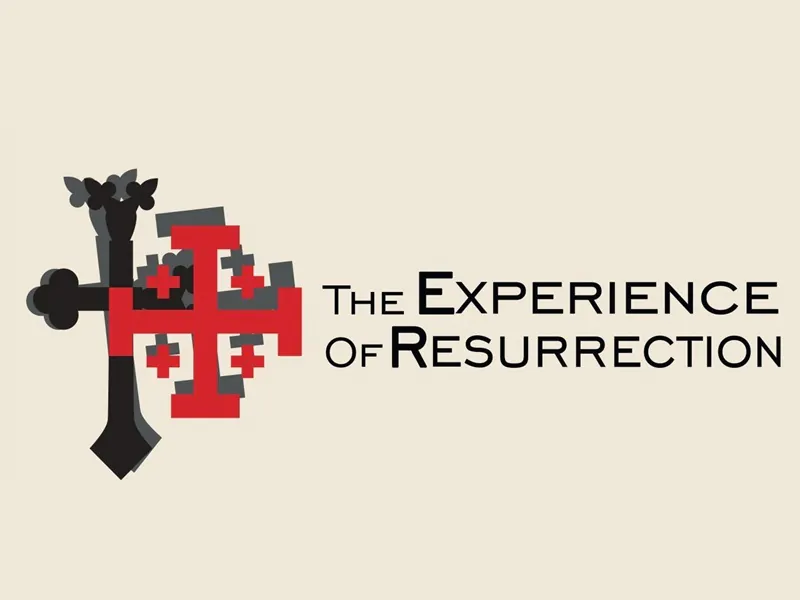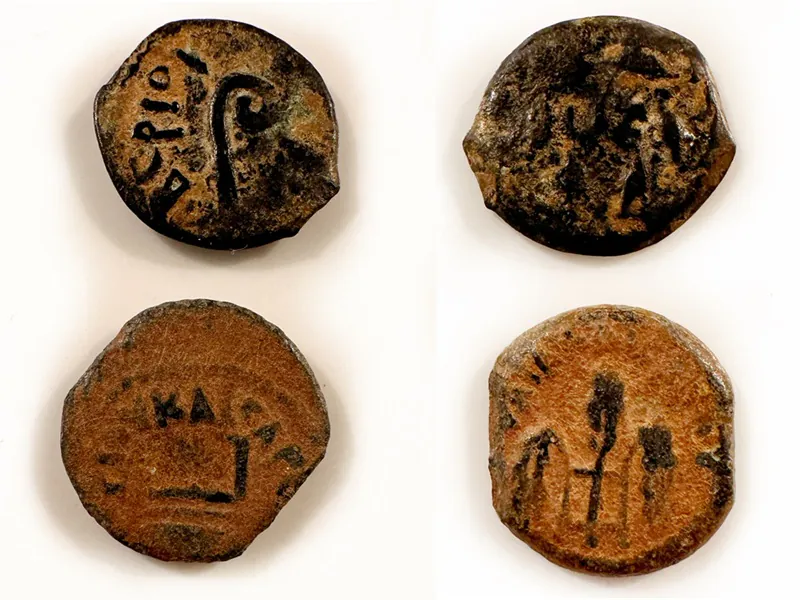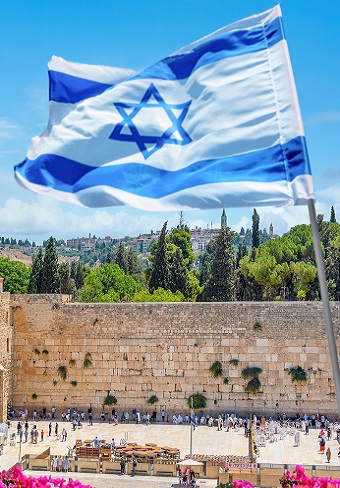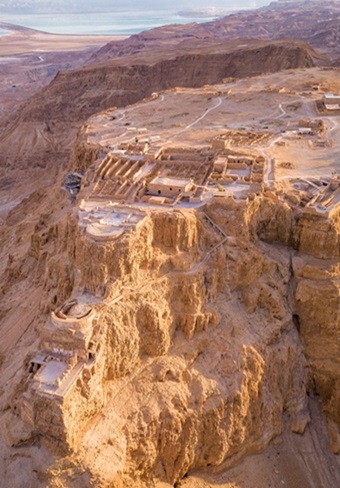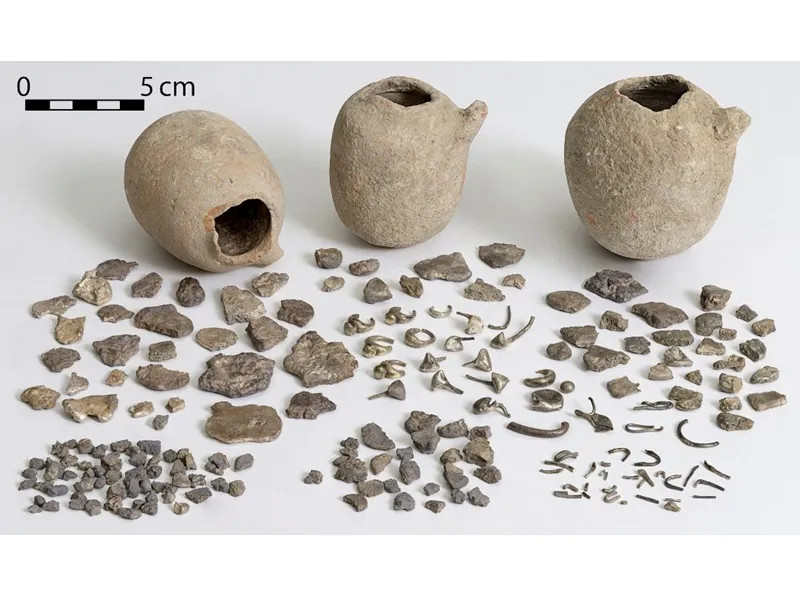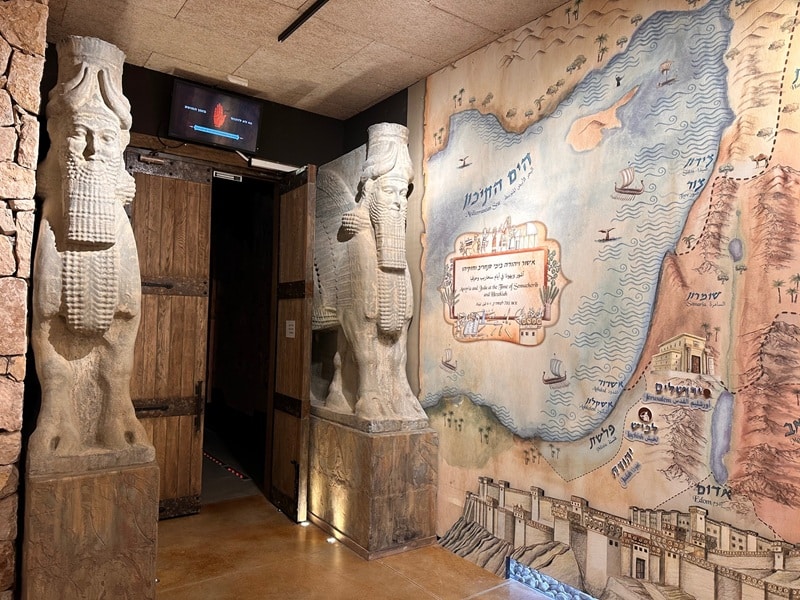Ascension Traditions on the Mount of Olives: Exploring 8 Sacred Sites
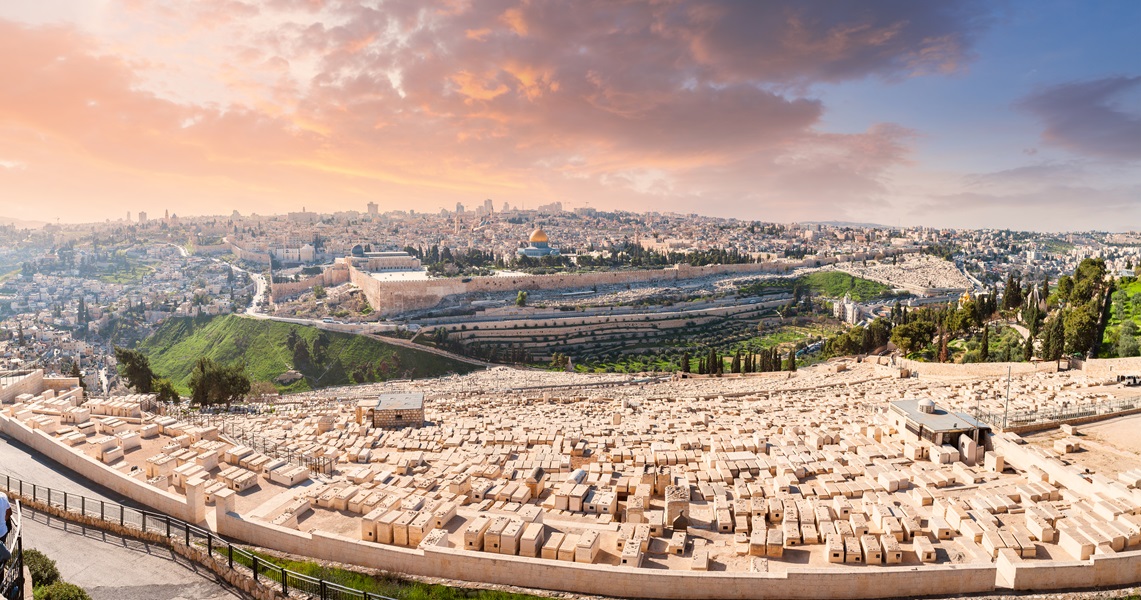
The opening chapter of the book of Acts vividly records the post-resurrection appearances of Jesus to his disciples. Providing proof of his resurrection and expounding on the Kingdom of Heaven, Jesus eventually ascended into heaven. Acts 1:12 recounts that the disciples then returned to Jerusalem from the Mount of Olives, indicating where the Ascension itself took place. Mount of Olives lies east of Jerusalem’s old city and is known for its old Jewish cemetery and several significant Christian sites. Among them, eight hold a special connection to the narrative of Jesus’ ascension.
1. The Church of the Pater Noster
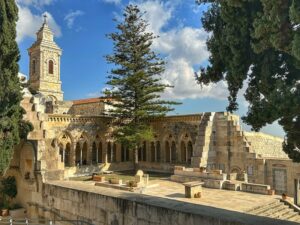 Empress Helena established the first church commemorating Jesus’ ascension on the Mount of Olives. It faced Jerusalem and was called “Eleona” (Greek: “Olives”). This Church was restored by the Crusaders and again in modern times, but the Crusaders altered its purpose and related it to Jesus’ teaching of the “Lord’s Prayer”.
Empress Helena established the first church commemorating Jesus’ ascension on the Mount of Olives. It faced Jerusalem and was called “Eleona” (Greek: “Olives”). This Church was restored by the Crusaders and again in modern times, but the Crusaders altered its purpose and related it to Jesus’ teaching of the “Lord’s Prayer”.
2. The Chapel of the Ascension
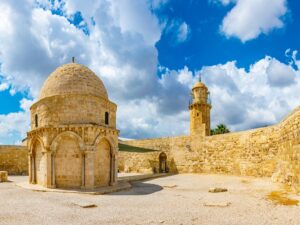 Shortly after the completion of the “Eleona” church some pilgrims suggested that a higher point on Mount of Olives was the genuine location of Jesus’ ascension. By the 5th century a concentric church was completed at that site, sanctifying two rock indentations as Jesus’ footprints. This church was also restored by the Crusaders and given an octagonal shape, but later claimed by the Muslims who maintain it to this day as a mosque. Nevertheless, the Chapel of the Ascension remains a popular Christian pilgrimage destination.
Shortly after the completion of the “Eleona” church some pilgrims suggested that a higher point on Mount of Olives was the genuine location of Jesus’ ascension. By the 5th century a concentric church was completed at that site, sanctifying two rock indentations as Jesus’ footprints. This church was also restored by the Crusaders and given an octagonal shape, but later claimed by the Muslims who maintain it to this day as a mosque. Nevertheless, the Chapel of the Ascension remains a popular Christian pilgrimage destination.
3. The Sacred Woman Tomb
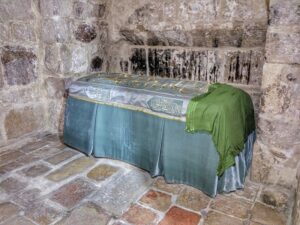 Adjacent to the Chapel of the ascension lies a tomb sacred to Jews, Christians, and Muslims. By Jewish tradition this is the burial site of the biblical prophetess Hulda. Christian tradition maintains it is the tomb of Pelegia, a saint from the 5th Century. Muslims claim it to be the resting place of a female Muslim saint called Sit’ Raba’a al-Aduwiyyeh. It is possible that the tomb once had also a connection to the ascension of Jesus.
Adjacent to the Chapel of the ascension lies a tomb sacred to Jews, Christians, and Muslims. By Jewish tradition this is the burial site of the biblical prophetess Hulda. Christian tradition maintains it is the tomb of Pelegia, a saint from the 5th Century. Muslims claim it to be the resting place of a female Muslim saint called Sit’ Raba’a al-Aduwiyyeh. It is possible that the tomb once had also a connection to the ascension of Jesus.
4. The Russian Orthodox Church of the Ascension
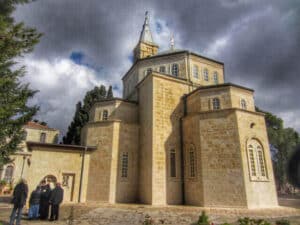 East of the “Chapel of the Ascension” is an orthodox church that also commemorates the ascension of Jesus. Local tradition holds that the rock next to the Church’s main entrance is where Mary, the mother of Jesus, stood during Jesus’ ascension. Noteworthy is the church’s 64-meter-high bell tower, a prominent landmark in all of Jerusalem.
East of the “Chapel of the Ascension” is an orthodox church that also commemorates the ascension of Jesus. Local tradition holds that the rock next to the Church’s main entrance is where Mary, the mother of Jesus, stood during Jesus’ ascension. Noteworthy is the church’s 64-meter-high bell tower, a prominent landmark in all of Jerusalem.
5. Greek-Orthodox Monastery of the Ascension
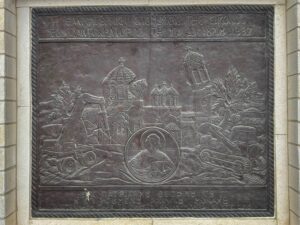 In the 19th century, the Greek-Orthodox church purchased a plot of land west of the Chapel of Ascension and associated it with Jesus’ ascension. Only in the 1990s they attempted to build a church complex at the site, but lacking municipality permits, the construction was bulldozed by the local authorities. In 2023, a small-scale church was completed at the site, however, it is not open regularly to the public.
In the 19th century, the Greek-Orthodox church purchased a plot of land west of the Chapel of Ascension and associated it with Jesus’ ascension. Only in the 1990s they attempted to build a church complex at the site, but lacking municipality permits, the construction was bulldozed by the local authorities. In 2023, a small-scale church was completed at the site, however, it is not open regularly to the public.
6. Viri Galilaei Church
Another Greek-Orthodox property that relates to the ascension of Jesus. The church here commemorates the two men who spoke to the apostles while they were witnessing Jesus’ ascension:
“Seeing them, the men declared: “Men of Galilee,” they said, “why do you stand here looking into the sky? This same Jesus, who has been taken from you into heaven, will come back in the same way you have seen him go into heaven.” (Acts 1:11).
7. Lutheran Church of the Ascension, Augusta Victoria
Situated at the northern end of the Mount of Olives, the Lutheran ascension church is part of the Augusta Victoria complex established in the early 20th century. Noteworthy for its impressive 50-meter-high belltower, the church is a landmark that can be seen from many vantage points throughout Jerusalem.
8. Bethany
While the book of Acts records the ascension of Jesus occurring on the Mount of Olives, the Gospel of Luke places it in Bethany:
“When he had led them out to the vicinity of Bethany, he lifted up his hands and blessed them. While he was blessing them, he left them and was taken up into heaven..” (Luke 24:50-51).
Bethany is identified on the eastern slopes of Mount of Olives, 3 miles east of Jerusalem. It is also known for Jesus raising Lazarus from the Dead (John 11).
Contact us for a private tour of Jerusalem or an extensive multi-day tour of the Holy Land.
